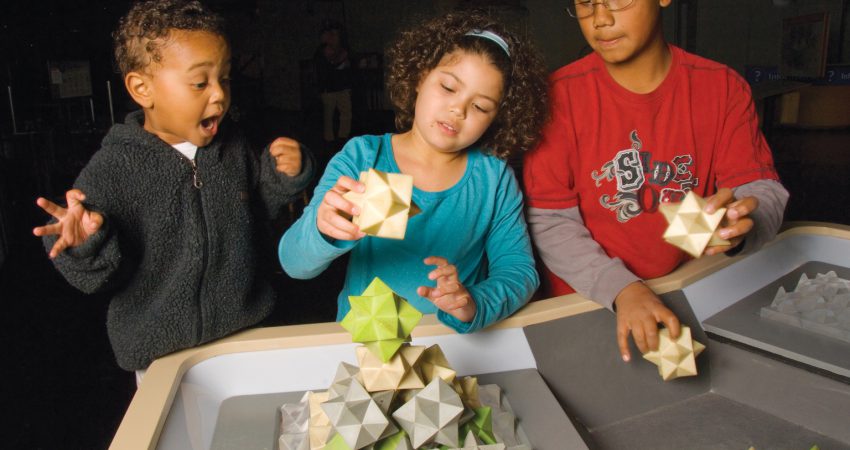
By Bronwyn Bevan - May 2011
PAPER CITATION
Hidi, S., & Renninger, K. A. (2006). The four-phase model of interest development. Educational Psychologist, 41(2), 111–127.
WHY IT MATTERS TO YOU
The authors claim that interest is often conceptualized as a characteristic that a person either has or does not have and that educators could benefit from thinking more about how to stimulate interest.
A growing body of research explores the ways that science learning experiences can develop people’s interest in science. In this article, the researchers provide a framework for conceptualizing interest in four phases: triggered situational interest, maintained situational interest, emerging individual interest, and well-developed individual interest. This paper has a review of the literature on interest, as well as an examination of alternative models of interest.
The four phases of interest are characterized, the researchers claim that by varying amounts of affect, knowledge, and value. Phases also vary within individuals in terms of how long they last and what their nature is. The researchers contend that the phases are sequential, but that, without support, a learner’s interest can “become dormant, regress to a previous phase or disappear altogether” (p. 112).
The authors posit that situational interest is a form of interest that is triggered by particular experiences in particular situations, but that does not necessarily persist beyond that situation. Individual interest persists over time and setting. These two forms of interest can each be subdivided into two more or less robust sub-categories, creating four cumulative phases. For example, Triggered Situational Interest (phase one) can become Maintained Situational Interest (phase two), defined as involving “focused attention and persistence over an extended episode in time and/or reoccurs and again persists.”
The third phase, Emerging Individual Interest, is defined as “the beginning of an enduring predisposition to seek repeated reengagement with particular classes of content over time” (p. 111). The authors note that this phase is typically but not exclusively self-generated, though it requires some external support. The fourth phase, Well-Developed Individual Interest, endures over time, although also benefits from external support
This theory of interest acknowledges the interconnectedness of affect and cognition in developing and maintaining interest, though the researchers opine that earlier phases of interest are more fueled by affect and later phases by cognition. It also shows how growing capacity to productively engage increases interest, and increasing interest creates more opportunities to engage and even further develop one’s productive capacities. They also note that more external supports are needed to trigger and maintain interest in the early phases than are required in later phases. This finding has implications for educational design and suggests a need to vary designs based on learners’ prior experiences and interests. For example, to create an interest in learners not already interested in science programs might require more incentives and supports to sustain their involvement and keep alive their interest. Learners already interested and informed about science or science learning may be able to sustain their engagement more independently.




